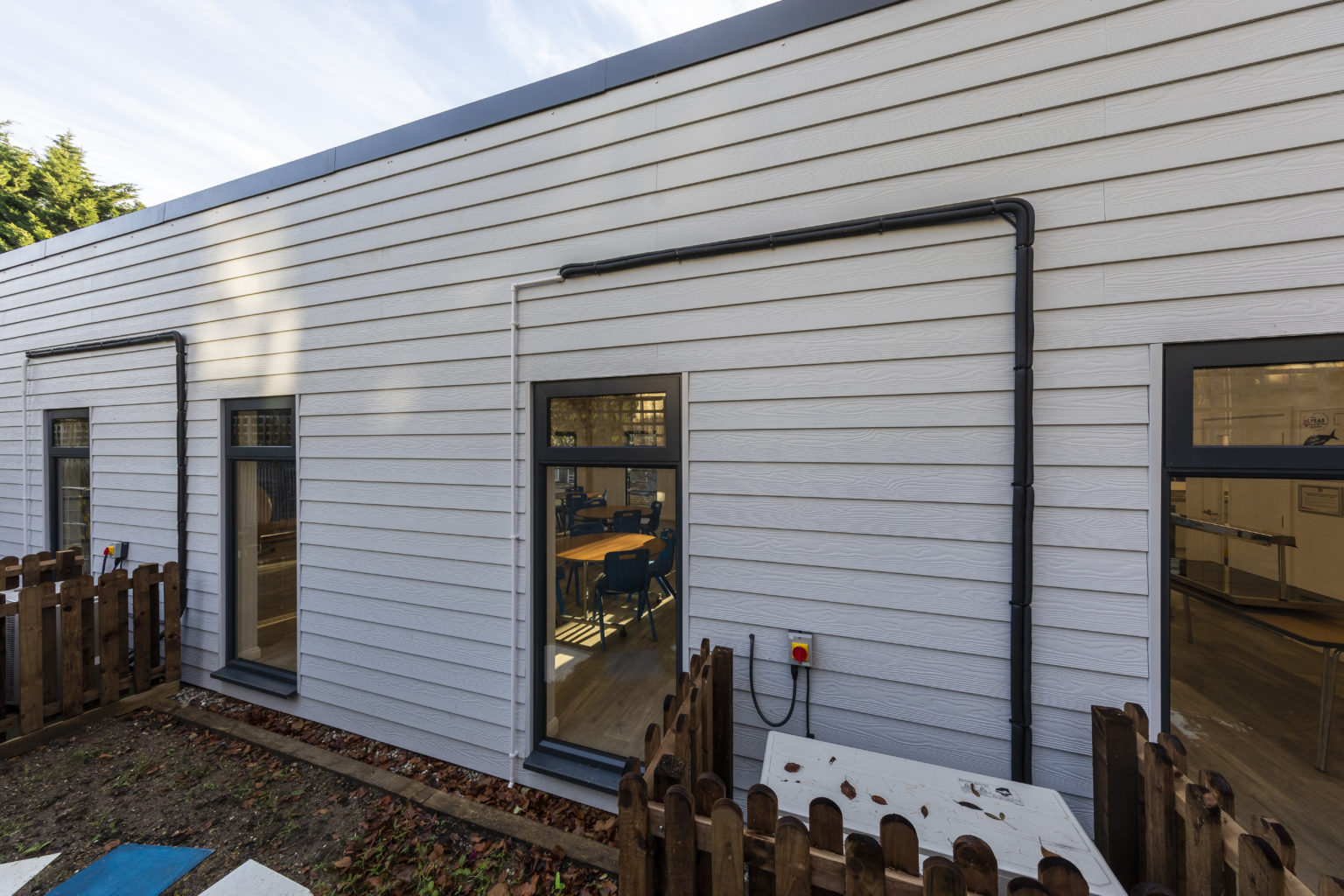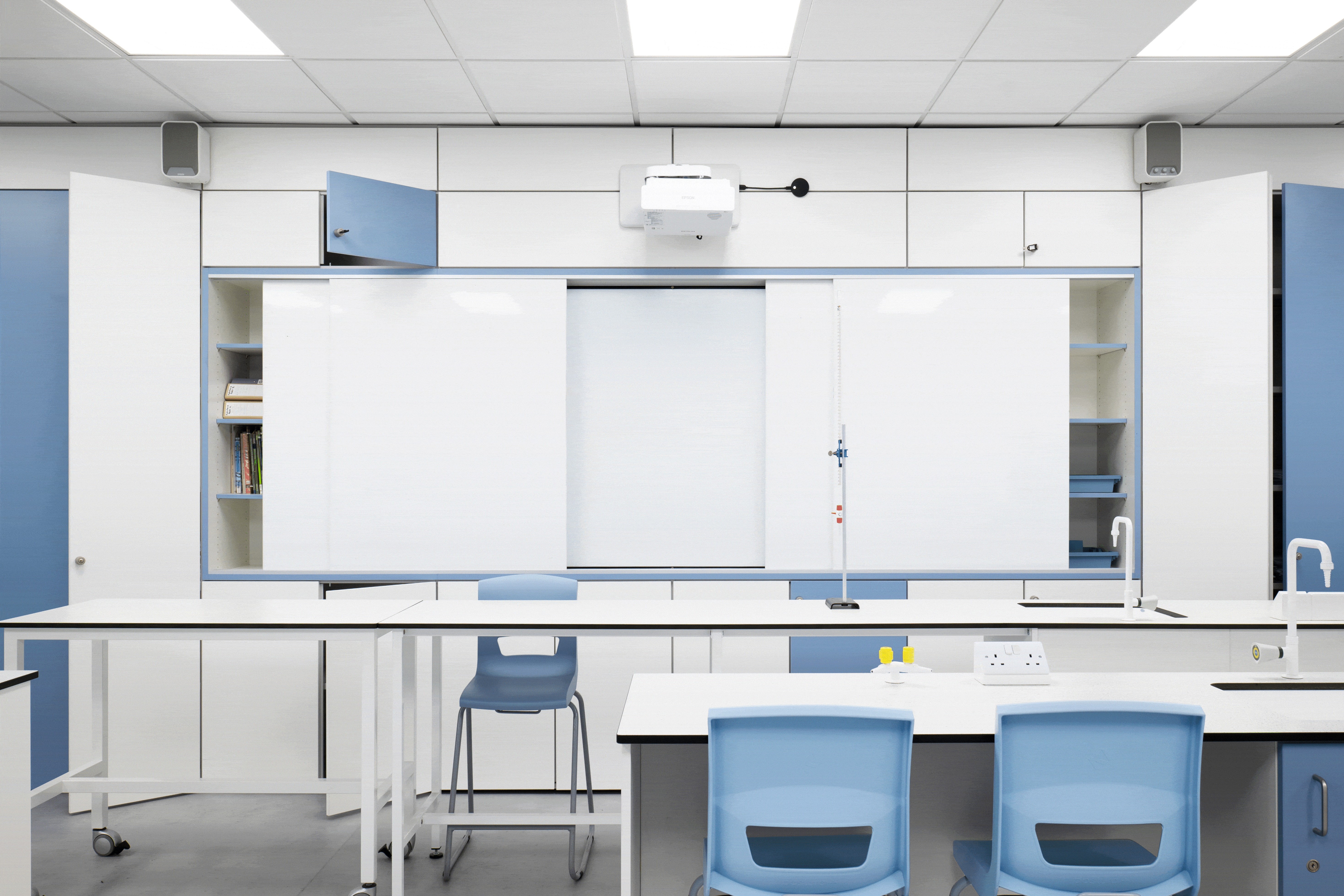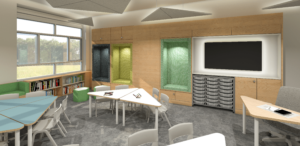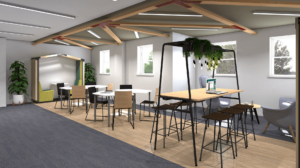Looking to extend your school but don’t know where to start? Here are some advantages and disadvantages of modular classroom builds.
What Are Modular Classroom Builds?
Looking from the outside like a traditional build, smaller modular buildings can be completed in less time and are more cost effective, giving schools additional space quickly and easily. Modular builds can be temporary, permanent or demountable to fit any space; Envoplan build offsite in factory conditions in the UK to ensure quality across the board.
Outdoor learning environments can utilise areas of your site making them an integral part of your healthy school design.

What Are The Advantages Of Modular Classroom Builds?
- Cost – modular buildings can be a far more cost effective way to extend your school than a new build
- Speed – up to 70% quicker than traditional construction
- Less disruption – shorter time on site means minimal disruption to your school
- Fewer weather delays – the majority of construction is inside, in factory conditions meaning more economic use of materials
- More sustainable – buildings can be re-used or materials recycled at life end

What Are The Disadvantages Of Modular Classroom Builds?
- Some companies only offer certain shapes and sizes of modular builds (our design team work with you to make sure your school gets the user specific build it needs, not what other companies want you to have)
- Design and build perceived to be less professionally built than traditional builds (come and see ours before you write modular builds off!)
- Transportation and handling (Envoplan’s modules are typically sized up to 12m long, 4m wide, and 4m high, to facilitate road transport)
- Designs that may not suit your school (our experienced teams create superb spaces that integrate seamlessly with your existing facilities, giving your students the benefit of different environments to grow their learning)
- Considerable investment needed (have we mentioned modular buildings can be far more cost effective than traditional buildings?)

In addition, modular builds come with less disruption as less time on site means minimal disruption to the school; they come with more project certainty as the programme and cost can be more closely controlled. We design modular spaces from the ‘inside-out’, uniquely bridging the gap between the architecture of your building and the users of the space within your school
Envoplan’s service from concept to completion means bespoke design, manufacture and build of modular buildings through to installation, including interior and exterior design, all groundworks and associated landscaping to suit your school. Our whole school master planning and development schemes maximise your assets and realise the full potential of your estate. It really couldn’t be easier to add space to your school grounds.
Call us today to discuss how modular builds can give your school a well-deserved upgrade.



